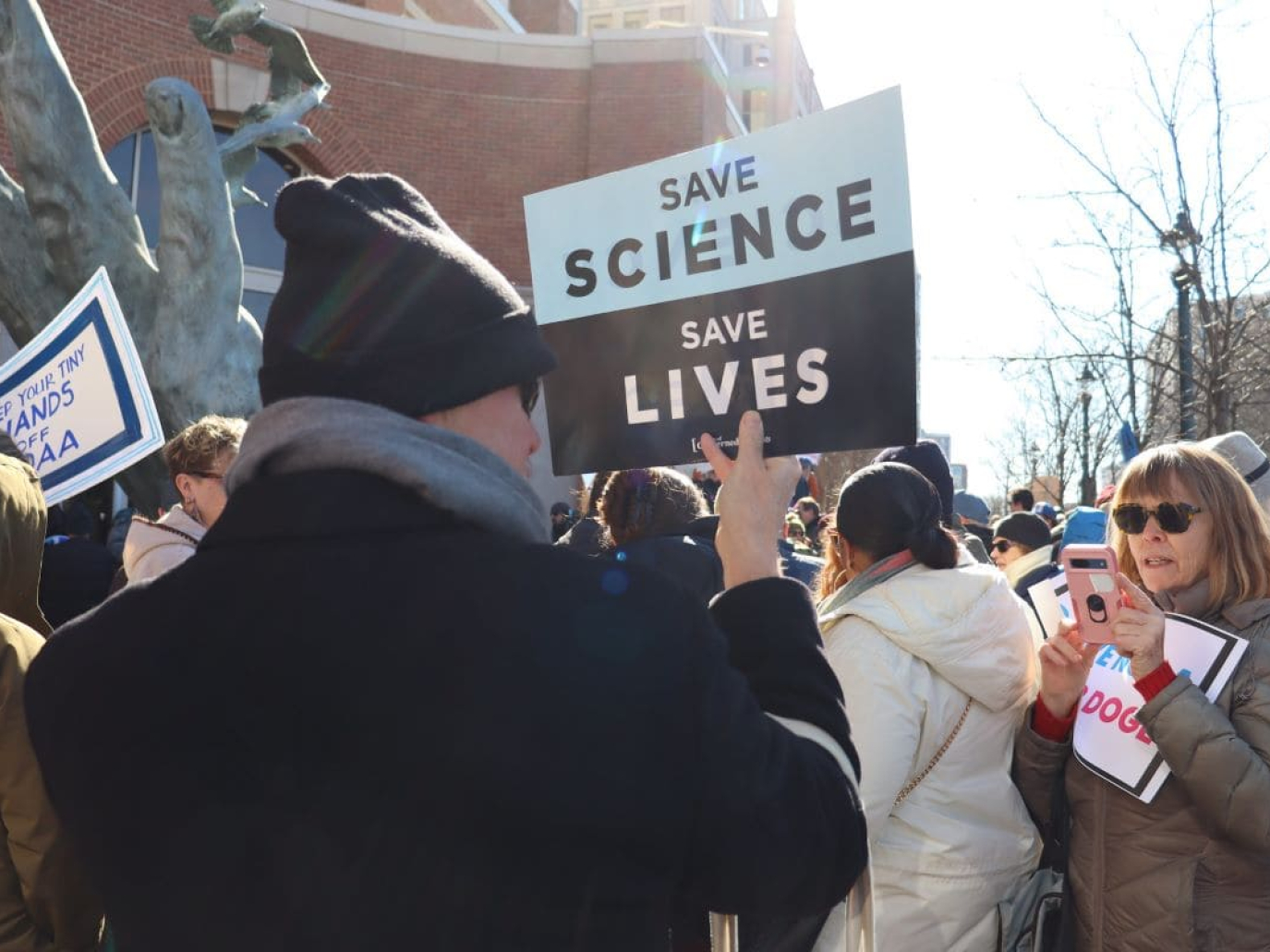
This article is also available in Italian / Questo articolo è disponibile anche in italiano
Would you turn off your thermometer in the middle of a fever? That is what is happening in the United States, where the National Oceanic and Atmospheric Administration (NOAA) announced the “retirement” of its renowned public database on climate and weather disasters that caused at least one billion dollars in damage – a resource that has been active for more than four decades.
Made public on 8 May, the decision stunned scientists, insurers and public officials alike. From 1980 to 2024, the US recorded 403 major catastrophic events causing at least one billion dollars of economic damage. The total costs exceed 2.915 billion dollars. Needless to say that this number is bound to grow, but it will do so under the radar, given the halt to updates.
The reason given by NOAA on the project website pertain to “evolving priorities, statutory mandates, and staffing changes”. Few words that sound like the dusty echo of a whip crack: the return of the anti-green line under Trump’s second administration.
The closure of the NOAA database
The NOAA Extreme Weather Database will remain accessible in the archive, but will no longer be updated for events after December 2023, that will not be monitored. In other words, from that date onwards, new disasters will not be included in the official count.
Consequently, there will be no trace of the devastating fires that swept through Los Angeles, nor of the floods that submerged large areas of the South and Midwest. The latter caused at least 21 deaths and damage estimated at between £70 billion and £80 billion, according to preliminary assessments. According to the programme's own criteria, These events would have fully qualified as “billion-dollar disasters” and now risk going dark.
The decision to close the programme sparked harsh political reactions, with allegations of deliberately obstructing public understanding of the impact of climate change.
“The termination of this database also suggests that this program may have been targeted because it shows the American public just how much climate change has been fueling more frequent billion-dollar weather disasters”, California Democratic Senator Adam Schiff said in a statement. “If this is the case, it is disturbing that the administration would prefer to keep the public in the dark about the effects of climate change and hinder the country’s ability to prevent and mitigate the human, economic, and environmental costs of extreme weather events."
Shiff said he had written a formal letter to Commerce Secretary Howard Lutnick and NOAA Acting Secretary Laura Grimm, where he asked them to reverse the decision.
The role of insurance companies in closing the information gap
The United States is thus deprived of one of the most effective – and crucially, public – tool for assessing the impact of natural disasters. In fact, The NOAA database is fed by authoritative sources such as the Federal Emergency Management Agency (FEMA), insurance companies and state agencies.
In an interview with Bloomberg, the president of the Reinsurance Association of America Frank Nutter emphasised its value, specifying that “no other system is as transparent and up to date”. Insurance and reinsurance company reports, he explained, arrive only weeks or months later and cannot replace the completeness and timeliness of NOAA data, that are “more accessible and meaningful to the public”.
The lack of a source as centralised as NOAA’s leaves an information gap that is difficult to fill. Brian Espie, chief underwriting officer at Kettle, explained to Insurance Business magazine that, without this public resource, many companies are looking for alternatives from private providers, some of whom are developing satellite networks and proprietary tools to fill the gap. However Espie warns that this transition will come at a price: “If [insurers] are able to obtain the same data, it’s going to come from private sources who naturally are going to charge more for it”.
This adds yet another layer of instability to the US insurance market, already under significant strain given the increasingly frequent rate hikes, coverage limitations and even abandonment of territories.
FEMA in crisis on the eve of hurricane season
The lack of data is not the only crack in a system under increasing pressure. FEMA is in the midst of an internal crisis. Its administrator, Cameron Hamilton, was unexpectedly removed after he expressed his opposition to Donald Trump's plans to dismantle the agency during a congressional hearing. To replace him, the White House appointed David Richardson, an official from the Department of Homeland Security with no experience in the field.
According to an ABC News report of 16 May, Richardson himself admitted that FEMA had not yet completed its operational plan to deal with the hurricane season, which begins in just two weeks. This lack of preparation, combined with the NOAA's information blackout and political instability, risks leaving the country exposed and unprepared.
Cover: Elvert Barnes Protest Photography via Flickr



